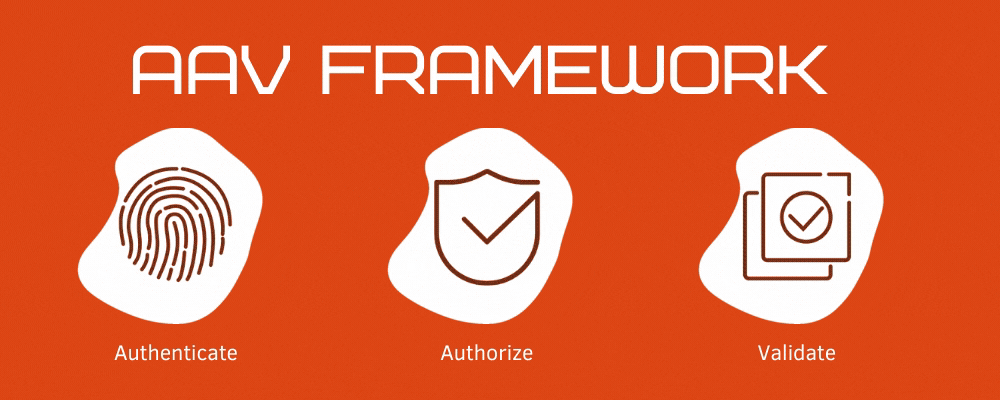Market trend: Growing Virtualization of desktops

With increasing use of smartphones, virtualization has taken a different meaning, enabling employees to do a lot more, even on the go. Virtual desktop infrastructure or VDI has gained a wide adoption rate, with 80% organizations already using it in their IT strategy.
For the uninitiated ones, VDI enables organizations to host desktops from a data center or a central server, according to Forbes. Utilizing the infrastructure users can work on their desktops, laptops or mobile devices and run applications that are hosted inside virtual machines (VM).
The concept of VDI is similar to the traditional mainframe setup with the servers in the data centers or clouds doing the main work. The end user uses their device or desktop same way as he would use local resources while all computing resources are provided by the VMs.
Factors for the Rise of VDI
VDI enables a business to simplify its management and reduce costs by centralizing and consolidating the desktops. Implementation of VDI can cut down 70% of operating and administration costs. It has also been found to decrease energy costs by 97%.
Another factor is the mobility it renders to the employees. The workforce can run the virtualized environment across multiple devices irrespective of their location or time. It has also been predicted that 70% of employees will use mobile devices to work by 2018. The change in technology and working culture has also contributed to the widespread adoption of VDI.
The technology also impacts the bottom line of the business and impacts the efficiency of employees. VDI has an enormous effect on productivity increasing it by 98%.
Security is another important factor that increased the need of VDI for organizations. It gives far more control to the administrator who can track usage and intervene whenever required. The admin can restrict users and their access to data and applications. He can also set permissions and delete all data in case of device theft or other concerns.
VDI also makes the work of the IT work simple. You can centrally manage and control the desktops making tasks like OS deployments really easy and fast. It also offers device independence as the end user can use thin clients, Mac, Windows, Linux, tablets, mobiles or HTML5 browsers to work.
Challenges faced by VDI
The future of VDI looks bright. Technavio, the analyst firm has predicted the VDI market to grow at a CAGR of 11% between 2017 and 2021. According to IDC, a leading intelligence firm, virtual client computing (VCC) market will reach $$4.6 billion by 2020 with a growth rate of 8.9% CAGR.
But even with the proven benefits, some organizations are apprehensive of VDI because of its complexity. Another reason is the high cost that VDI came with.
Another area is especially of concern to software vendors. Being a virtualized environment, VDI is vulnerable to cloning. This makes it difficult for software vendors to control and monetize their products.
However, the concerns are slowly fading away as technology is evolving and we are getting innovative solutions to soothe the lacking of VDI. For example, the problem faced by the software vendors in control and monetizing can be solved by adopting NetLicensing which offers Licensing-as-a-Service (LaaS).
The online platform enables software providers to securely license their product using flexible license models while prioritizing security. It comes with a unique security feature called Licensee Secret which provides globally a node-locking function. You can use it with any license model and secure your product or service.
What can we Expect of VDI in the Future
VDIs are getting more user-friendly and their reliability has increased significantly over the years. Introduction of hardware like Parallels Remote Application Server (RAS), VDI is becoming promising for the business of all sizes and industries.
VDI solutions are also becoming for affordable with concepts like cloud hosting where you don’t need to make upfront investments like buying a server. The Internet has also gained high speed with coming of 3G and 4G connectivity and remote working has been taken to a different level.
VDI will keep growing steadily and soon overtake the traditional IT setup in businesses.
Image Credits: © Luke Chesser - unsplash.com



